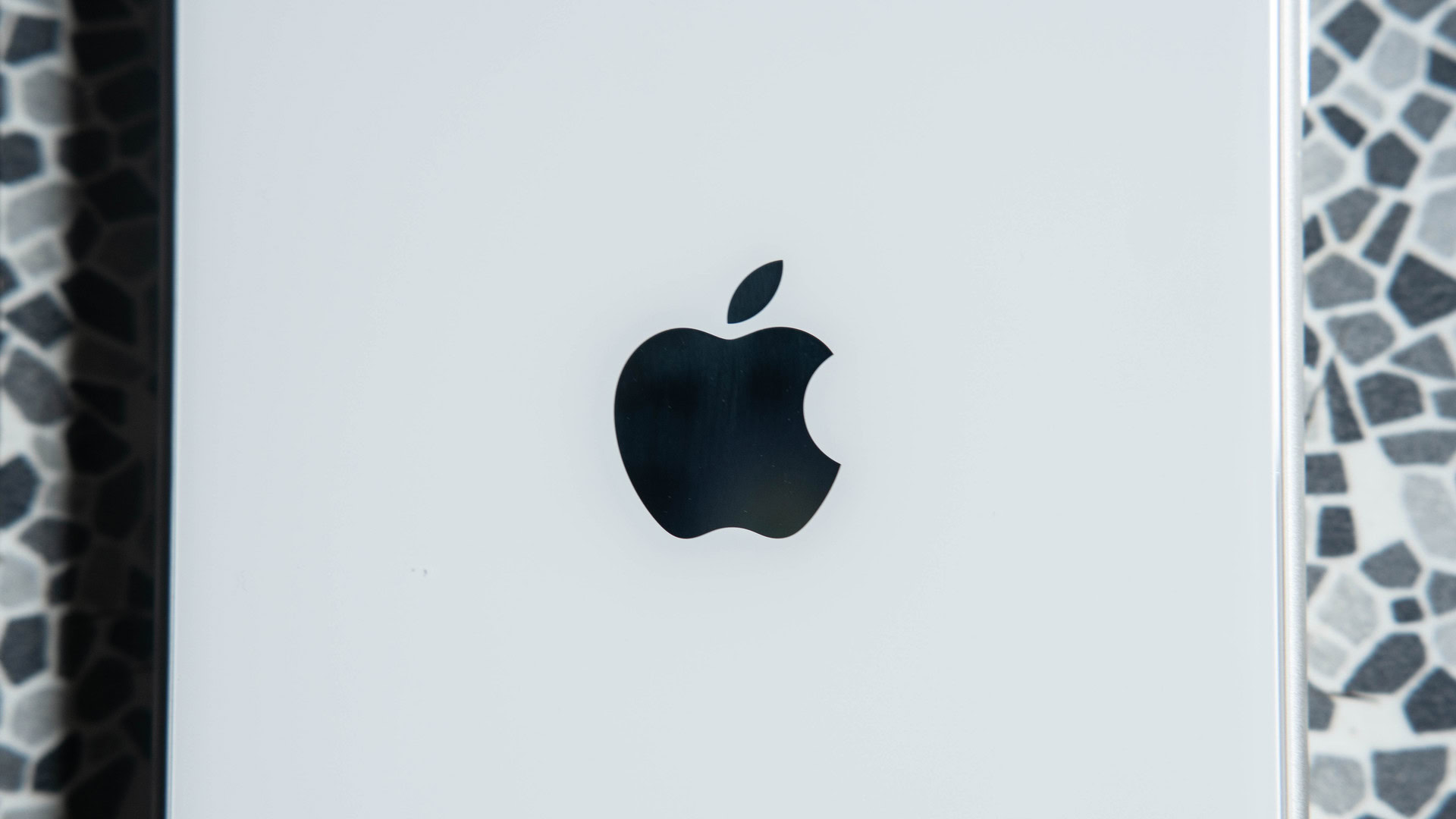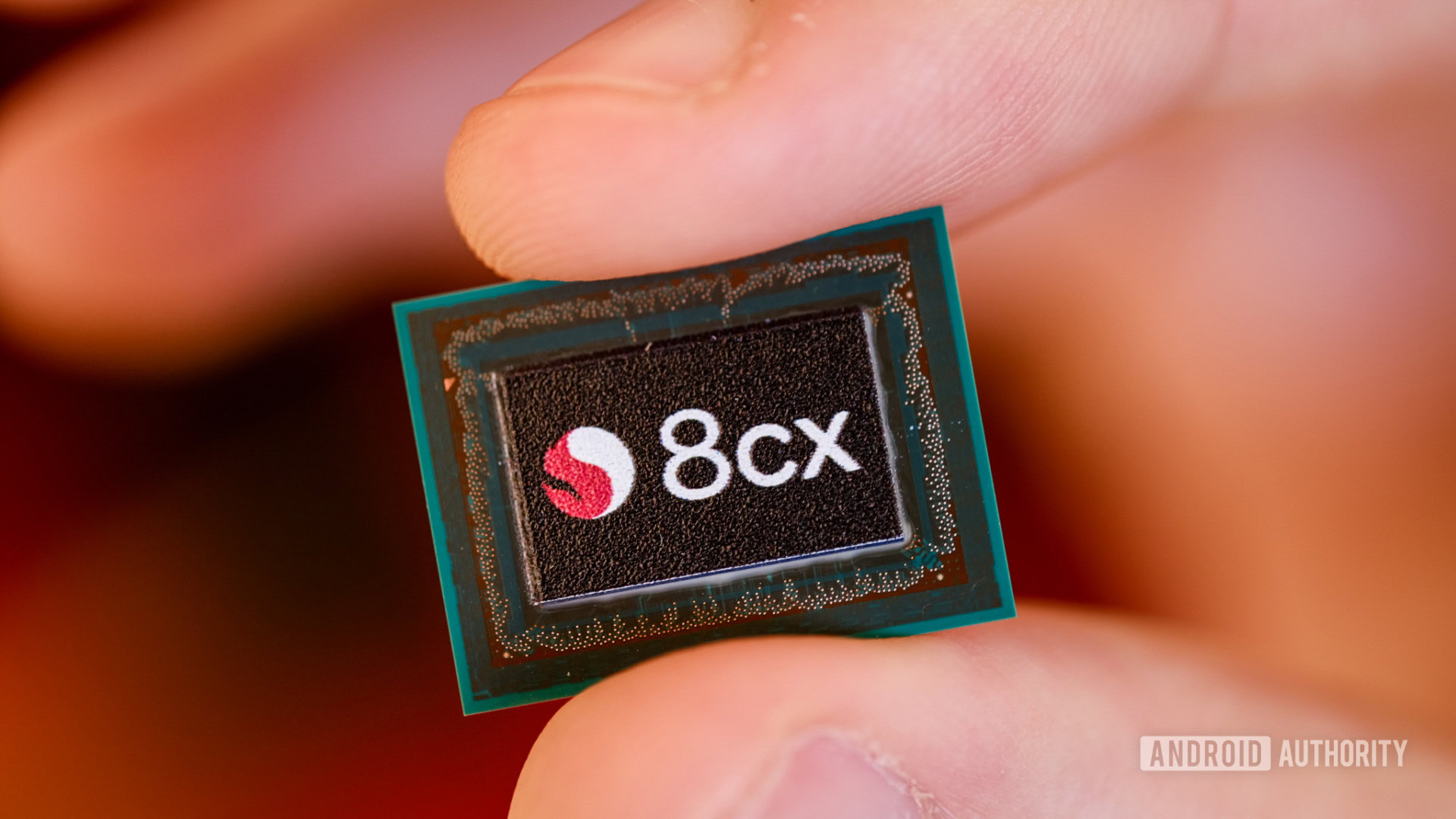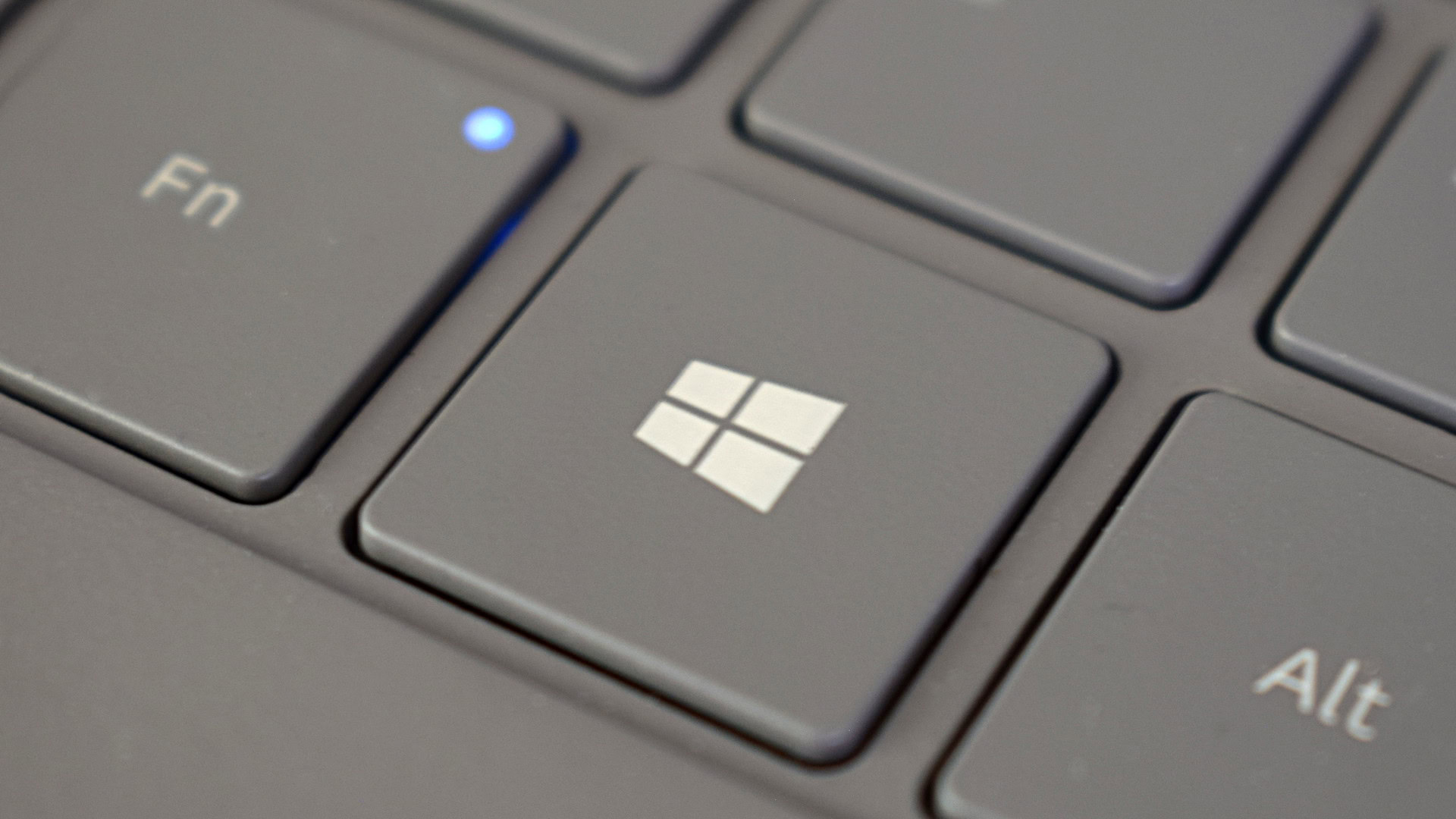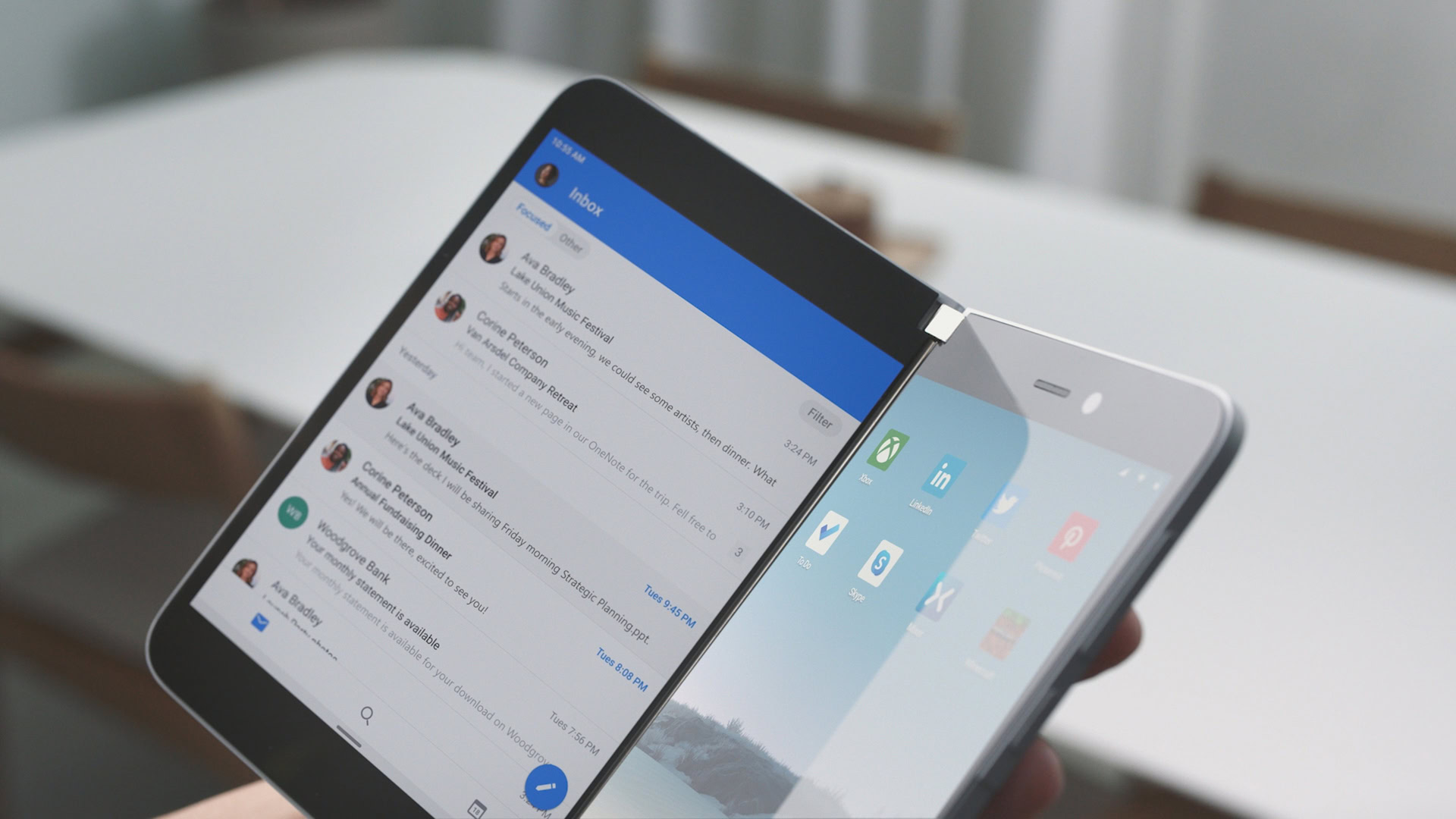Affiliate links on Android Authority may earn us a commission. Learn more.
The Samsung Galaxy Book S showcases what's in store for Arm-based Apple Macs

The integrated, connected SoC is the future for laptops, although some brands are quicker on the uptake than others. Qualcomm and Microsoft are already well on the road with a series of Windows on Arm products. The Surface Pro X and the Samsung Galaxy Book S are two of the most recent. Apple looks set to follow suit, preparing to ditch Intel for in-house Arm based processors for future MacBooks.
The move to integrated mobile-esque SoCs promises longer battery life and a suite of connectivity features, including 4G LTE and 5G data. And that’s just for starters. Swathes of technology we’re familiar with in smartphones are now destined for laptops. The ultimate goal is a single ecosystem running on a common processor architecture with shared hardware capabilities.
You’ll notice that the target market isn’t the most price conscious. Current products cost around and above the $999 mark, and MacBooks are even more expensive. So do chipsets with their roots based in smartphones offer a premium-tier experience in the laptop form factor?
Review: Samsung Galaxy Book S – A sleek laptop with mobile smarts
Why move to integrated and what it means for laptops long-term

Based on my time with the Galaxy Book S and Surface Pro X, the core Windows experience is very much intact running on Arm, and even improved upon in some ways. Peak performance doesn’t match the very best in the market and you don’t need a Qualcomm chip for 4G LTE in a laptop. But that’s missing the point.
Current-gen Windows on Arm products benefits from an off-the-shelf chip complete with Bluetooth 5, WiFi 6, 4G LTE and 5G, secure enclave, image processing, and machine learning capabilities. It’s a single chip solution offering features that would require numerous components in Intel or AMD CPU-based rivals. It’s a boon for silicon area, cost, power efficiency. Not forgetting that these integrated chips are built on cutting-edge manufacturing processes for best-in-class power efficiency. They’re already on 7nm and will likely make the jump down to 5nm in 2021.
Laptops with 4G/5G, AI, and enhanced security features are the future, powered by highly integrated chips.
This is just the start though, the long-term picture looks even better. Integrated chipsets allow for features common to the smartphone sphere to (finally) move over to laptops. Payment systems reliant on protected security chips, high-quality facial recognition, the best quality Bluetooth audio codecs, and all manner of AI-enhanced applications are all likely on the way too. The benefit of a shared feature set means that your laptop can offer the same experiences as your mobile. Perhaps even using the very same apps.
Apple is currently reliant on Intel chipsets that are little more than a CPU and GPU package, but it’s clear that the company wants to do more. Especially given its budding romance with AI. Cupertino has plenty of experience designing SoCs for its iPhone and iPad range, with CPUs boasting higher performance than its Android rivals, powerful graphics, and ever improving machine learning capabilities. There’s little doubt that Apple could design a very powerful, feature-rich laptop SoC based on a custom Arm processor.
Arm CPUs are capable of laptop-tier performance.
Speaking of performance, Qualcomm states that its Snapdragon 8cx falls somewhere around the mid-range, quad-core Intel i5-1035G4. That level of performance has most users covered. However, Apple’s current-gen A13 Bionic chip boasts the mobile industry’s leading single-core CPU performance. A custom Apple Arm CPU designed specifically for laptops could certainly push performance into even higher tiers. Needless to say, performance won’t be an issue.
The emulation vs recompiling problem

The trade-off is that Arm and x86 (Intel/AMD) instruction sets and their underlying CPU architectures are different. Software has to be compiled for the architecture to run efficiently, or even at all. While there are a growing number of Windows applications compiled specifically for Arm, the many that aren’t rely on emulation and take a performance hit. Microsoft, Qualcomm, and Arm have vastly improved emulation over the years, but there’s still a performance hit depending on the application. Most apps run great, but 3D applications perform noticeably worse and x64 apps aren’t supported yet.
More info: What’s the difference between Arm and x86?
Apple’s laptop SoC plans remain a mystery, but any issues seem more likely to fall on the software rather than the hardware side of the coin. Apple will need native apps out of the gate and probably a good emulator for legacy apps too. It’s taken Windows on Arm a couple of years to shake off its early performance and compatibility problems, but it’s now in a good place. Apple might lag Microsoft here, as there’s nothing like real customers to nitpick and find bugs.
Where Apple may have an advantage is with its close developer partnerships and iOS app ecosystem. The company’s in-house creative software suites like Logic and Final Cut ensures that content creators (and thus reviewers) will presumably be able to keep using their apps of choice on Arm-based Macs. But who knows if Apple can twist Adobe into supporting Arm anytime soon? Fortunately, wrangling mobile apps to work on laptops already has a starting point with Apple’s Mac Catalyst developer tool, which helps developers optimise their iPad apps for Mac. A library of existing apps would help solve the early teething issues suffered by Microsoft’s platform and help strengthen Apple’s ecosystem integration.
A successful move from Intel to Arm requires a strong library of apps.
This is potentially Apple’s ace in the hole and desired endgame. By moving to Arm, Apple is able to base its entire future software ecosystem on a single architecture. For developers this represents a unified platform across mobile, tablets, and laptops, with shared applications, hardware, and features. It’s particularly important when designing APIs for mobile payments and security, and bringing AI features to devices. This could well be the company’s vision for the future of computing.
Mobile technology leads the industry, laptops are just catching up

Smartphone processors have been at the forefront of the chipset industry for a number of years now, so the eventual move into the laptop space isn’t surprising. Not only are mobile SoCs built on the industry’s leading manufacturing processes, they’re also tightly integrated with the best wireless modems, security, and machine learning capabilities too.
While Intel and AMD laptops and PCs still dominate the high-performance market, connectivity and integration is the driving factor for innovation. We’re already using a wide variety of online services, and advancements in AI and 5G are highly anticipated to produce entirely new use cases. As are 2-in-1’s and foldable devices. Laptops need the hardware to keep up with the quickly evolving market, and building on mobile’s strengths is the best way to proceed.
Shared technology means laptops and phones can become much more tightly integrated.
This shift also represents the major players with an opportunity to realign their ecosystems. Windows and macOS on Arm represent closer alignment with smartphone and tablet ecosystems. This is already well underway with software (see Google’s Android, Home, and Chrome OS ecosystem), but hardware plays a crucial part too. Always-on 4G LTE and 5G, AI, mobile payments and ID, and security capabilities driving tomorrow’s trends. Microsoft and Apple are moving quickly to close this gap between devices and build a unified ecosystem.
Importantly, consumers increasingly want to bring their experiences across devices and platforms. The laptop industry is finally catching on to that idea.